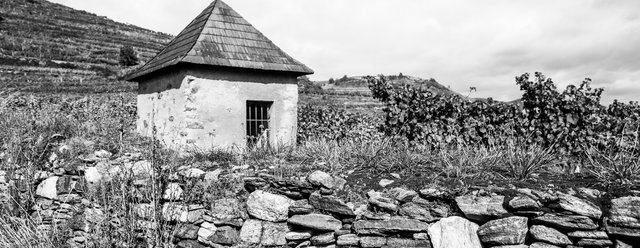![[Translate to Englisch:] Ried Heudürr - (c) Monika Löff](/fileadmin/_processed_/0/4/csm_Heud%C3%BCrr_c_Monika_Loeff__46__01bdbfa8c2.jpg)
The Vinea Wachau (Vinea Wachau Nobilis Districtus) was founded in 1983 as an association of winemakers in the Wachau wine-growing area.
Restricting the production of wine to the legally-defined growing area only, and the commitment without compromise to quality, origin and purity, are the association´s main principles. The name Vinea Wachau Nobilis Districtus actually dates back to Leuthold I von Kuenring (1243-1313). The core of his possessions was comprised of what is today the wine-growing area of Wachau.
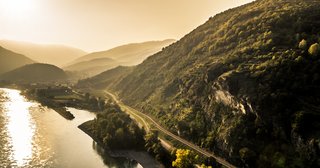
Origin
The wines of the Wachau are inimitable and distinctly marked by their origin. In 1983, the Vinea Wachau producers’ association pledged to uphold this character by voluntarily relinquishing their right to buy in grapes or wine from other regions, or cultivate vineyards elsewhere.
This has led to a region which is still characterised by small wineries and vineyard holdings.
Special attention is paid to the maintenance of the dry stone wall terraces. It is these walls that make the extreme viticulture of the Wachau possible, and they are a deter- mining feature of the Wachau Cultural Landscape.
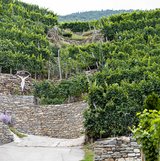
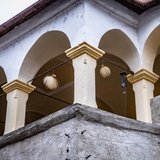
Authenticity and character
For the producers of the Wachau, making wine is an artisanal craft. They all agree on the importance of striving to reflect the character of their vineyards and vintages as faithfully as possible.
In 1984 they began to create the trademarks Steinfeder, Federspiel and Smaragd to cement this message. By using these names, the members commit to a wine style which reflects regional typicity: dry white wine, made without the addition of sugar, or detectable wood influence.
Various factors are expressed in the character of every Wachau wine: topography, soil and weather are fused with each winemaker’s dedication and willingness to take a risk.
Artisanal craft
Technological advancements of the past decades have eased the work of the vintner dramatically. Nevertheless, much in the Wachau remains the way it has always been. Where the vineyards are steepest and work the most toilsome, there are very few opportunities for mechanisation. The rough terrain of steep sites requires disproportionately more labour than vineyards on the plain. However, even in the places where machines could be used, the winemakers still carry out much of the work by hand.
All Vinea winemakers are obliged to hand harvest. Picking machines are deliberately not used, even in vineyards where they could theoretically be deployed.
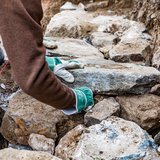
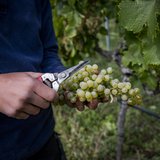
Individuality and diversity
The use of vineyard names to describe the wines has a long tradition in the Wachau, where many of the best- known names can be traced back to the 13th century.
These names do not just reflect the origin of the grapes, they also describe the character of the wines. The name also often hints at what the vineyard is like, who used to own it, or some local historical event.
Over 100 different vineyard sites pay tribute to the complexity arising from the variations in geology, soil, climate and topography. The personal understanding and experience of the winemakers are the final ingredients in reflecting the Wachau’s terroir.
